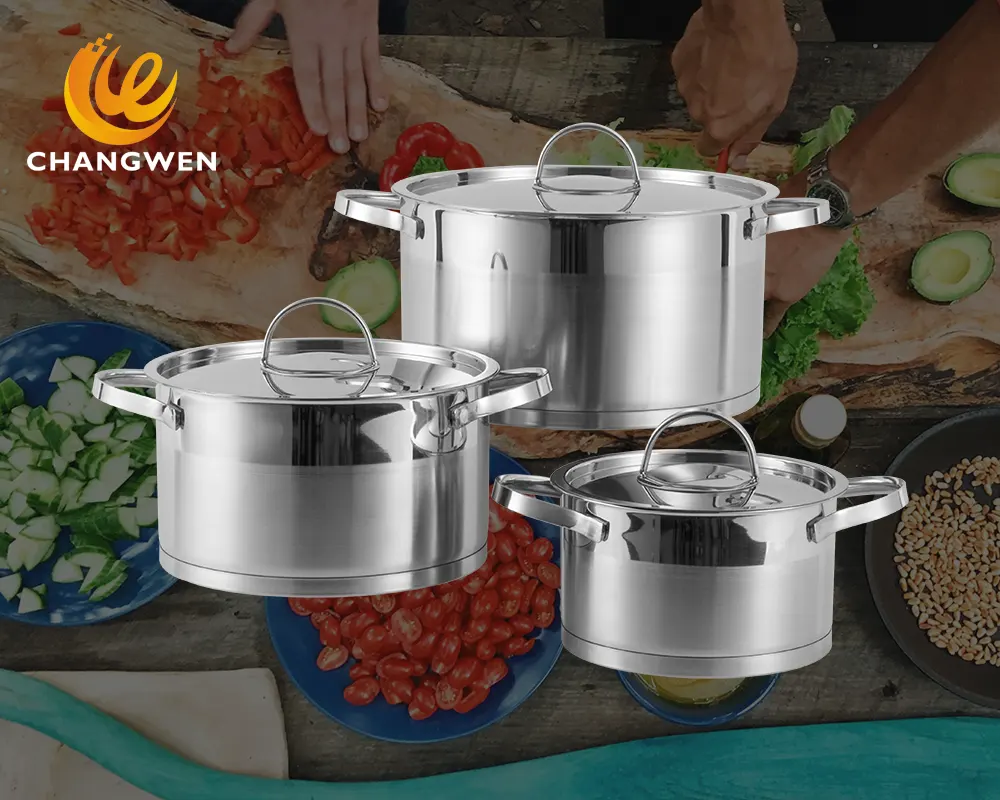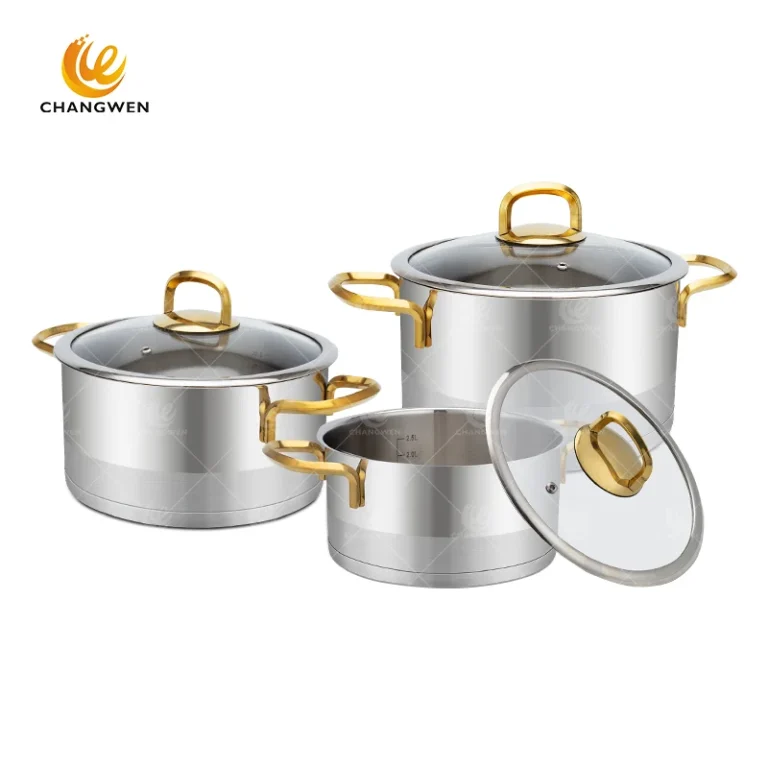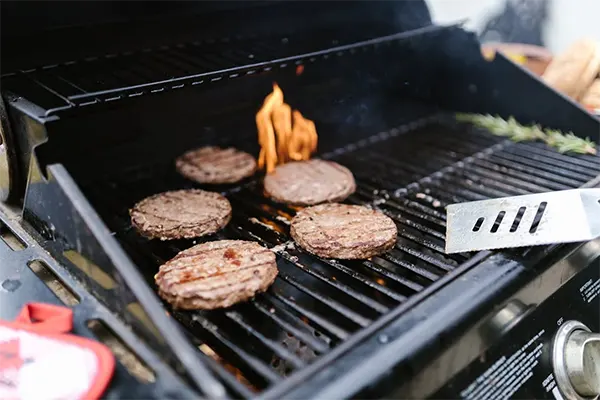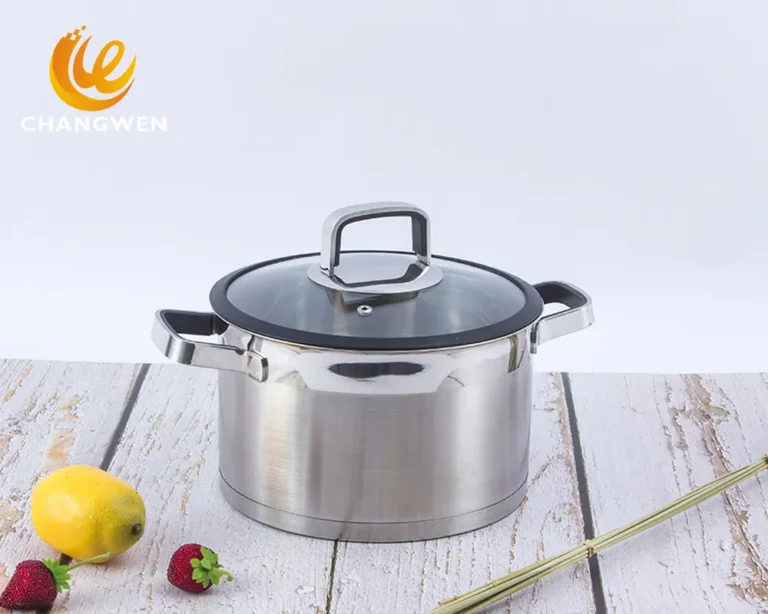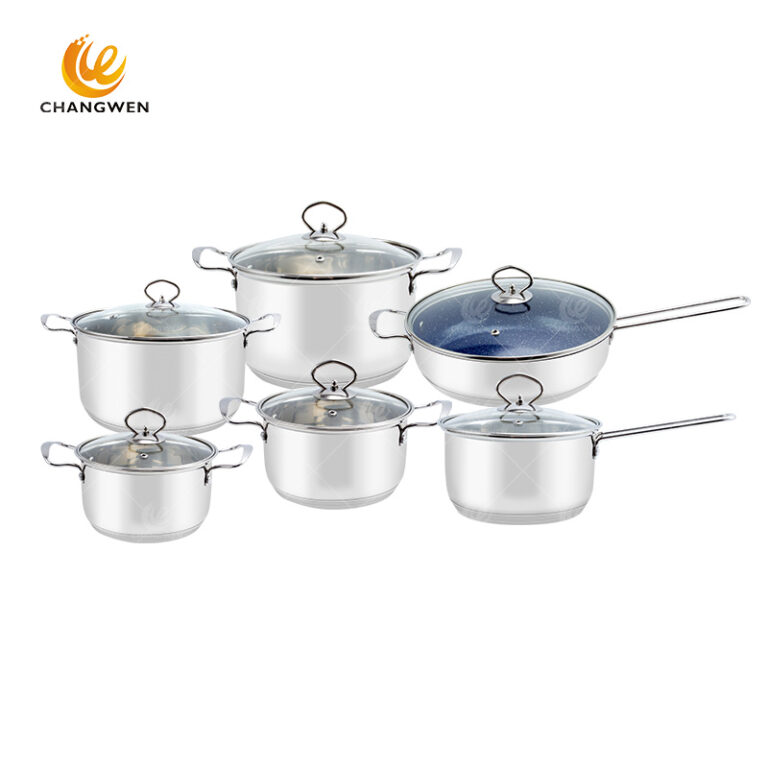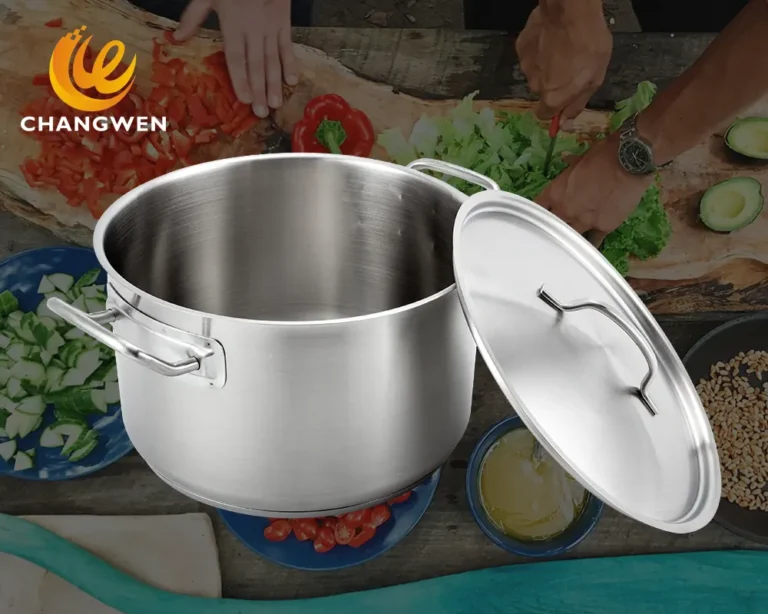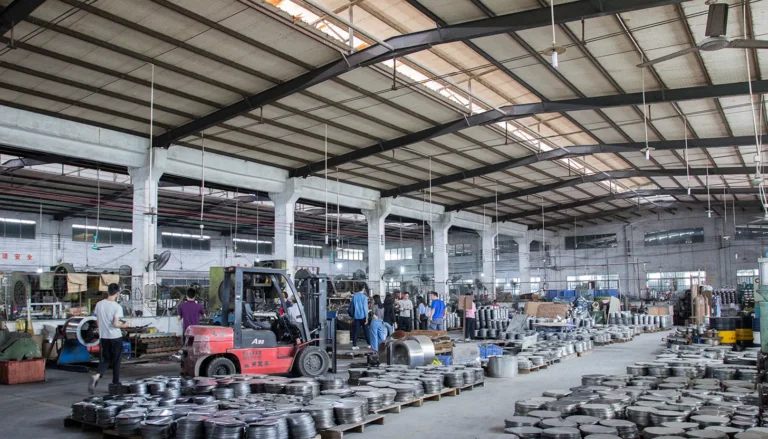Stainless steel cookware is a staple in many kitchens due to its durability, resistance to corrosion, and overall performance. However, not all stainless steel is created equal. To make an informed choice, it’s essential to understand the different grades of stainless steel used in cookware, specifically 18/8, 18/10, 304 and 316 stainless steel.
Table of Contents
Introduction
Stainless steel is renowned for its durability, corrosion resistance, and sleek appearance, making it a favored material for cookware. However, not all stainless steel is the same. In this article, we delve into the differences between the common grades used in cookware: 18/8, 18/10, 304, and 316 stainless steel. Understanding these differences will help you make an informed choice for your kitchen needs.
What Makes Stainless Steel a Popular Choice for Cookware?
Stainless steel stands out due to its iron-carbon alloy enriched with chromium and nickel. These elements enhance its resilience against rust, staining, and high temperatures, making it ideal for consistent use in kitchens.
Why Understanding Stainless Steel Grades is Important
Knowing the specific grades of stainless steel and their respective properties can greatly influence your cookware selection. Different grades offer varying levels of durability, corrosion resistance, and overall performance, impacting your cooking experience and investment.
What is 18/8 Stainless Steel?
Composition and Properties of 18/8 Stainless Steel
18/8 stainless steel contains 18% chromium and 8% nickel. This composition provides good resistance to rust and corrosion, along with a durable and relatively affordable material for cookware.
Common Uses of 18/8 Stainless Steel Cookware
You will often find 18/8 stainless steel in mid-range kitchen utensils, mixing bowls, and certain types of cookware. It is preferred for its balance between cost and quality.
What is 18/10 Stainless Steel?
Composition and Properties of 18/10 Stainless Steel
With 18% chromium and 10% nickel, 18/10 stainless steel offers enhanced resistance to corrosion and possesses a more premium feel due to its higher nickel content.
Benefits of Choosing 18/10 Stainless Steel for Your Cookware
18/10 stainless steel cookware is highly durable, offers superior rust resistance, and maintains a gleaming finish over time. It’s an excellent choice for those who prioritize longevity and consistent performance.
What is 304 Stainless Steel?
Understanding 304 Stainless Steel: Composition and Properties
304 stainless steel, also known as 18/8 stainless steel, comprises 18-20% chromium and 8-10.5% nickel. This grade is the most common and versatile, offering good corrosion resistance and formability.
How 304 Stainless Steel Compares to Other Grades
304 stainless steel is widely used across various kitchenware and industrial applications due to its strong anti-corrosive properties and cost-effectiveness.
What is 316 Stainless Steel?
Composition and Properties of 316 Stainless Steel
316 stainless steel includes 16% chromium, 10% nickel, and 2-3% molybdenum. The addition of molybdenum offers enhanced protection against corrosion, especially from chloride-rich environments, such as saltwater.
Benefits and Uses of 316 Stainless Steel Cookware
316 stainless steel is known for its superior resistance to pitting and crevice corrosion in chloride environments, making it ideal for cookware used in marine or coastal areas or for cooking acidic dishes.
Key Differences Between 18/8, 18/10, 304, and 316 Stainless Steel
Durability and Strength
While all these grades are known for their durability, 316 stainless steel stands out for its superior resistance to harsh conditions, followed by 18/10, 304, and 18/8 stainless steels.
Corrosion Resistance
316 stainless steel offers the highest corrosion resistance due to its molybdenum content. 18/10 also provides excellent rust resistance, surpassing that of 18/8 and 304 stainless steels.
Cost and Affordability
316 stainless steel cookware is typically more expensive due to its superior properties. 18/10 comes next in price, while 304 and 18/8 stainless steels are more affordable options, catering to various budget levels.
Choosing the Right Stainless Steel Cookware for You
Factors to Consider When Buying Stainless Steel Cookware
Consider your budget, cooking habits, and the types of cuisine you frequently prepare. High-quality stainless steel cookware may require a higher initial investment but offers greater long-term benefits.
Recommendations Based on Your Cooking Needs
Occasional Cooking/Budget-Friendly: 18/8 stainless steel offers great value.
Daily, High-Temperature Cooking: 18/10 stainless steel is a reliable choice.
Versatile, All-Purpose Need: 304 stainless steel is robust and widely available.
Challenging Environments (e.g., coastal areas) or Cooking Acidic Foods: 316 stainless steel ensures maximum longevity.
Conclusion
Understanding the differences between 18/8, 18/10, 304, and 316 stainless steels is crucial for selecting the best cookware for your needs. Each grade has unique properties that can influence your cooking experience and the longevity of your utensils. Choose wisely to enhance your culinary adventures!
FAQ
Common Questions About Stainless Steel Grades in Cookware
The difference between 304 and 316 stainless steel?
304 and 316 stainless steel are both austenitic stainless steels, and they are both common materials for food-grade stainless steel. Compared with 304, 316 stainless steel has increased the nickel content, reduced the carbon content, and newly added molybdenum (304 does not contain molybdenum). The addition of nickel and molybdenum greatly enhances its corrosion resistance and high temperature resistance, and of course the cost is also higher. 316 stainless steel is mainly used in equipment that requires corrosion resistance and high temperature resistance, such as marine, high-temperature distillation, and special medical equipment. For ordinary food contact, 304 is sufficient.
The difference between 18/8 and 18/10 stainless steel
1. The nickel content is different.
18-8 stainless steel: iron + 18% chromium + 8% nickel; 18-10 stainless steel: iron + 18% chromium + 10% nickel. 18-8 stainless steel is 304 in the jis code, so it is also called 304 stainless steel;
2. Different oxidation resistance.
18-10 stainless steel has 10% nickel to make it more durable and corrosion-resistant. This stainless steel is called 18-10 stainless steel.
Is 18/10 stainless steel 316?
18/10 stainless steel does not belong to 316. 316 contains more metallic molybdenum than 18/10. The main function of this element is to resist long-term corrosion in a high-chlorine environment. This is also the essential difference between 316 and 18/10.
Is 18/10 better at resisting corrosion than 18/8 stainless steel?
18-10 stainless steel has 2% more nickel than 18-8 stainless steel to make it more durable and corrosion resistant.
What kind of stainless steel pot is good?
Stainless steel pots are generally made of 18/10 stainless steel, where 18 means the chromium content reaches 18% and 10 means the nickel content reaches 10%. This kind of stainless steel has good corrosion resistance and high temperature resistance, and is not easy to rust. It is a relatively high-quality stainless steel pot material.

